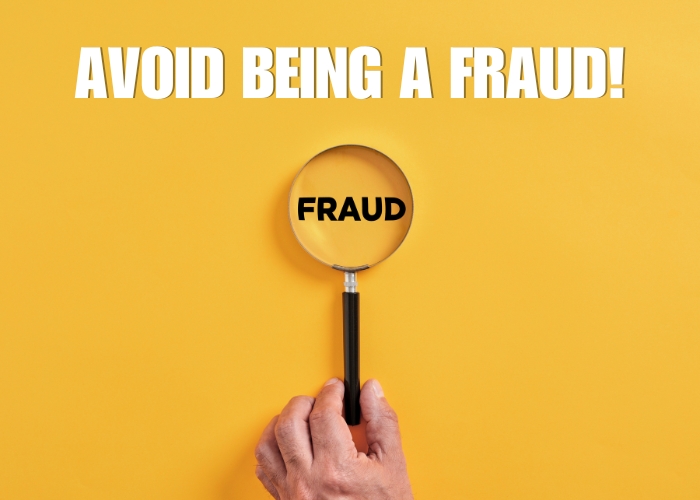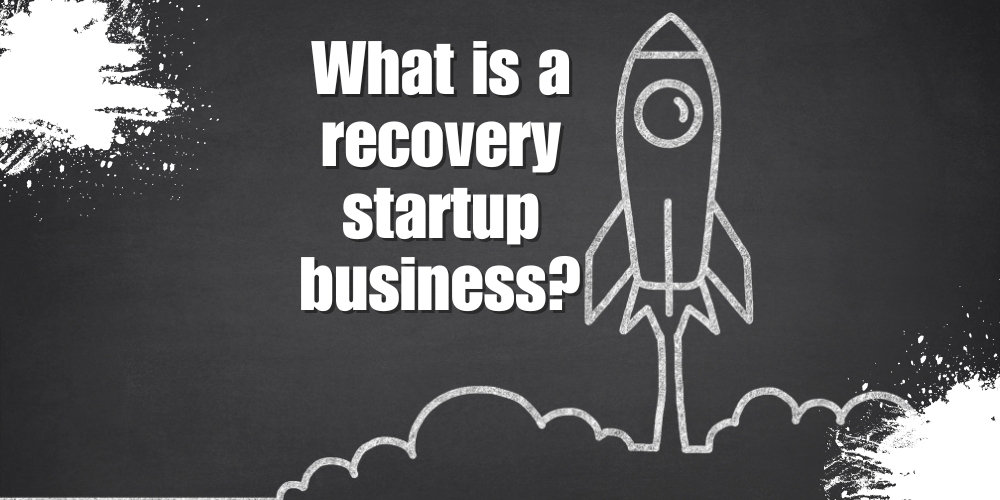Greetings and welcome to the most recent post in our blog series, “What is a recovery startup business.”
This time, we’re responding to the question: What is a recovery startup company?
Congratulations if you launched a business in 2020 or 2021! You have persevered while facing unheard-of difficulties. We’re stunned. We also have some encouraging news. You might be eligible for the credit for employee retention.
What is Recovery Startups’ ERC?
You can qualify for ERC incentives if your company has commenced operations after February 15, 2020. In this post-pandemic(ish) world, the federal government is making significant efforts to boost the economy and support nascent small enterprises. The amount you can claim is being increased for each employee you’ve retained, and the eligibility requirements are being loosened. Additionally, the duration of the ERC program is being extended, and companies can combine multiple programmes for maximum benefits.
The remarkable thing about ERC is that, in contrast to PPP and specific other programs, there is no set manner to use the money, and you are not required to pay it back. Is this something your startup needs? Continue reading.
Definition of an ERC Recovery Startup Business
A company that opened during the COVID-19 outbreak can qualify for credit based on the American Rescue Plan Act. Among the requirements are:
- You launched your company on February 15, 2020, or later.
- Your gross receipts for the year are at most $1 million.
- You have one or more workers.
How Can a Startup in Recovery Be Eligible for ERC?

The following are the only requirements to be eligible for the ERC as a Recovery Startup Business:
- Your company has to have started on or after February 15, 2020.
- You must keep your average gross receipts for 2020 and 2021 below $1 million.
- (Apart from 50% owners) You have to have one or more employees.
- The Employee Retention Credit may not be available to you based on previously granted qualifying events.
- There are some restrictions to qualifying, though. The requirements change, for instance, if you have a shared ownership structure or operate several businesses.
Recovery Startup Businesses are not eligible to get ERC credits for any of the 2020 calendar year or the first two quarters of 2021; however, if you fulfil the government limitation or revenue reduction requirements, you may be eligible to receive credit for these earlier periods. A little perplexing, but bear with us.
Up to $50,000 in ERC credits are available to recover starting enterprises for the third and fourth quarters of 2021. Cheers!
Since many of these regulations overlap, consulting a professional in payroll and taxes, such as ERC Specialists, is usually advisable to determine your eligibility.
Will My Company Be Accepted?
Applying for a Recovery Startup Business is a relatively simple procedure. Among the necessary conditions are:
- One or more employees are required (not including family or the owner).
- You started doing business on February 15, 2020, or later.
- The company’s average yearly gross receipts had to be $1 million or less for the three previous tax years.
- You have to be ineligible for any further ERC criteria.
- In 2021, you made payroll for the third and fourth quarters.
- According to Internal Revenue Code section 501(c), the company is not a “tax-exempt” organisation.
- The company must have seen a significant drop in gross receipts or a whole or partial stoppage of operations due to COVID-19-related government orders.
Owners of Startup Businesses
You cannot claim any credits for 2020 or the first two quarters 2021 if your firm was founded in the second quarter of 2021. However, businesses may be eligible for credit for prior quarters if they satisfy the government restriction requirements or the new revenue decreases.
What Is My Company Entitled To?
For 2020, the ERC equals half of all eligible earnings you pay your workers between March 12, 2020, and December 31, 2020. Wages for each employee are capped at $10,000 each quarter.
70% of the appropriate salaries you pay your employees between January 1, 2021, and September 30, 2021, are eligible for credit in 2021. The maximum salary for any employee in a given quarter is $10,000.
Accordingly, each employee may submit a claim of up to $7,000 per quarter. For every employee, there is a $21,000 maximum credit limit.
A maximum credit of $50,000 is permitted per startup if your company is classified as a recovery startup. You are entitled to whatever salaries you paid through December 31, 2021.
AVOID BEING A FRAUD!

Although it is unsettling to discuss, we have seen that a great deal of dubious “ERC/ERTC providers” have been contacting our clients, claiming to be able to help them get this credit, even though many of them are not eligible!
This is a scam!
Avoid becoming entangled in this. Don’t fall for phone calls promising to give you “$26,000 per employee.” To find out if you qualify, speak with a real CPA.
ERC FRAUD ON THE “DIRTY DOZEN” LIST OF THE IRS
Employee Retention Credits have been included in the IRS’s “Dirty Dozen” list of tax fraud. Be careful! IRS Commissioner Danny Werfel advised businesses to exercise caution when responding to direct solicitations or advertising schemes that seem too good to be true. “They ought to pay attention to the guidance their reliable tax expert provides. Taxpayers must constantly remember that the information they disclose on their tax forms is their responsibility. If this credit is incorrectly claimed, taxpayers may be required to refund the credit plus any applicable penalties and interest.
HOW THE ERC FRAUD SOUNDS
The following are some red flags that entrepreneurs should be aware of:
- Receive $26,000 for every worker.
- Free public funds
- Eligibility based on problems in the supply chain
- Qualification based on mask-wearing requirements
- requirements centred on adopting safety measures to stop the COVID-19 virus from spreading in the company or workplace
- Not being able to visit clients = credentials
A RECOVERY START UPS ALLOTMENT FROM THE ERC: HOW MUCH?

The good news is that provided the employee is paid at least $10,000 during the qualifying periods, your firm can save almost $7,000 on tax credits for each employee.
There is a $50,000 quarterly cap. $50k in Q3, $50k in Q4, 2021, then. In other words, you will require roughly seven or eight workers, and if you pay standard startup engineering wages, your credit limit will be $50,000 every quarter. You may credit $100,000 on payroll taxes for the next two quarters.
Conclusion:
The RSB classification was created to help newly established companies that arose during the challenging economic times caused by the COVID-19 pandemic by giving them the money they needed to keep their staff and continue operating. According to U.S. tax law, a Recovery SStartupBusiness (RSB) is a unique kind of startup business that is created especially for the goal of being eligible for certain credits and benefits, like the Employee Retention Credit (ERC), which was implemented in reaction to the COVID-19 pandemic.

